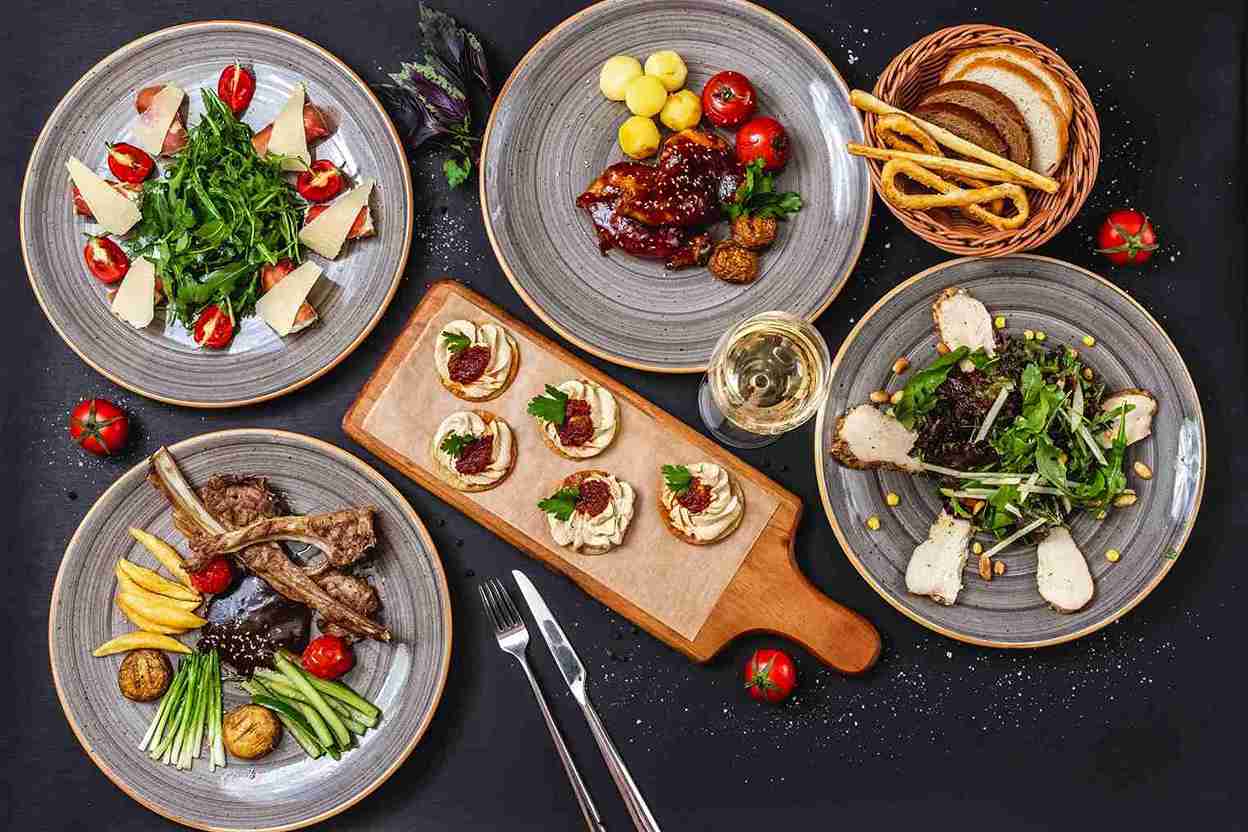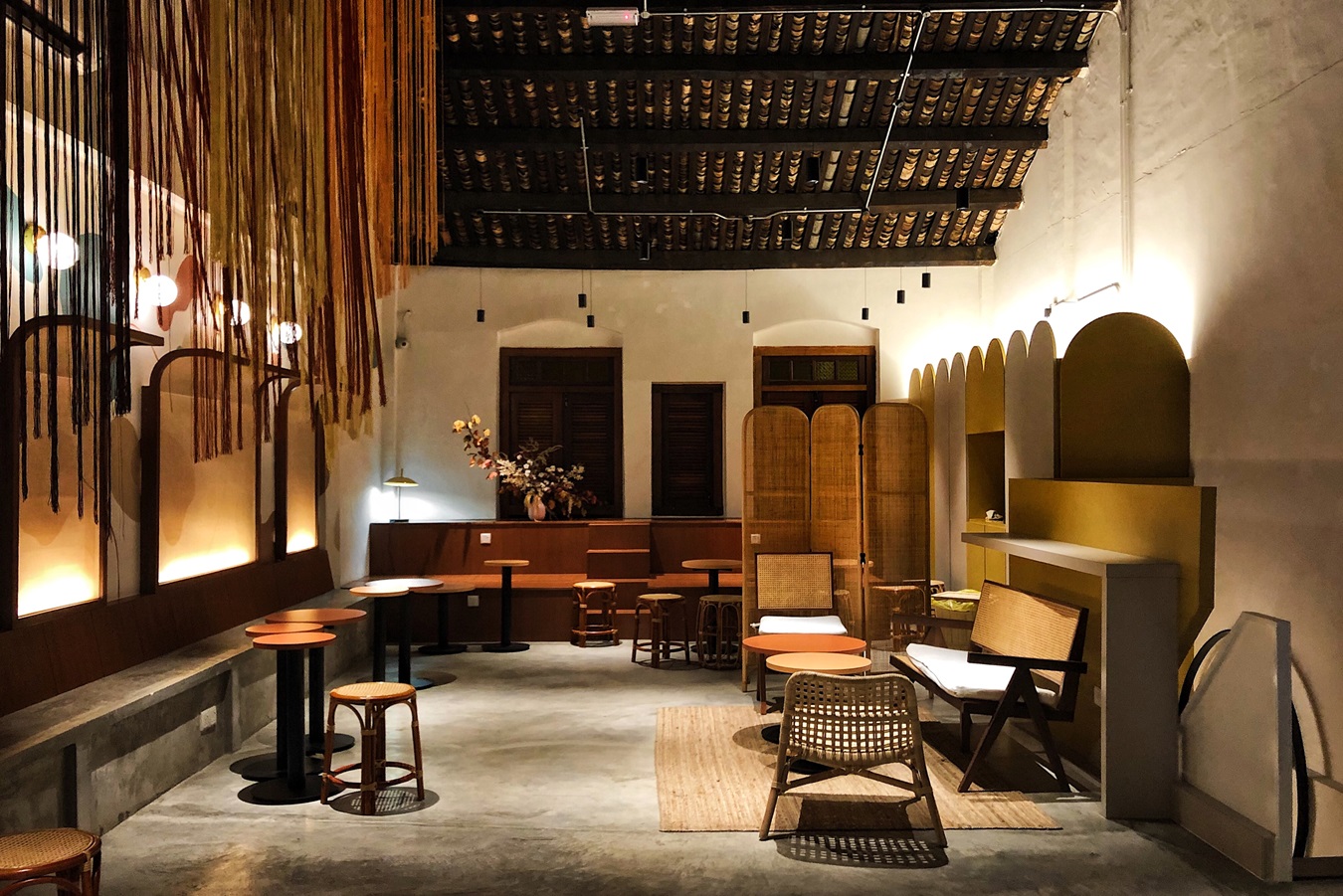 SHARE
SHARE
Getting to Know À La Carte as a Flexible Menu System – Here's the Explanation
Sovia
When visiting a restaurant or café, you’ll find a wide range of food and drink options on the menu. One term that often appears, and might spark your curiosity, is à la carte.
An à la carte menu allows you to order individual dishes according to your preference. But what exactly does à la carte mean? Let’s explore further in this article!
Understanding the À La Carte Menu
An à la carte menu refers to dishes that are served individually, rather than as part of a set or package. The term à la carte comes from French, meaning “separately” or “by the item.”
In an à la carte system, each dish is priced individually, allowing you to choose only what you truly want to eat or drink.
Unlike a set menu, which often requires you to order a complete meal, à la carte offers more flexibility.
You’re free to pick just one item—whether it’s an appetizer, a main course, or a dessert.
This system is ideal for those who want a more flexible and budget-conscious dining experience.
You can order only what you need, perhaps just a soup, a steak, or even just a drink.
Another benefit is the ability to manage your spending without feeling pressured. You can enjoy your meal without leaving anything on the plate.
Beyond being a way to order food, à la carte is also about providing a personalized dining experience.
It allows customers to tailor their meals to their tastes and preferences. No wonder many restaurants in Indonesia adopt this system.
À la carte is a practical choice for anyone who wants a satisfying meal without overspending. Since pricing is based on individual items, you can better control your budget.
If you’re looking for a flexible and personalized dining experience, à la carte is the perfect option.
This system is used in a wide range of establishments, from fast food joints to fine dining restaurants. For example, Ala Carte Richeese is a fast food chain that applies this concept.
À La Carte vs. Buffet: What’s the Difference?
In the culinary world, à la carte and buffet dining offer very different experiences. Understanding the differences can help you choose the one that best suits your needs and preferences.
The most obvious difference lies in how the food is served and paid for. Buffets typically display a variety of dishes on a food bar or buffet table, where guests can help themselves.
By contrast, in an à la carte setting, dishes are prepared and served only after being ordered from the menu.
In terms of pricing, a buffet usually follows an all-you-can-eat model. You pay a fixed price and can eat as much as you want from the available options.
À la carte, on the other hand, lets you control your spending. You order each item individually, and each has its own price. You only pay for what you actually order.
Read more: What is a Banquet? This is the definition, function, duties and differences with a buffet
Benefits of Implementing an À La Carte Menu
Using an à la carte system can be a smart strategy for restaurants and culinary businesses. Beyond the visual appeal, it brings many benefits, for both customers and business owners. Here are a few of them:
1. Greater Flexibility
Customers have the freedom to choose dishes that suit their tastes. They can mix and match appetizers, main courses, and desserts without being tied to a specific set menu, and pay only for what they really want.
2. Price Control
Because prices are set per item, customers can adjust their choices according to their budget. This makes the à la carte concept accessible to a wide range of customers, from budget-conscious diners to those seeking premium meals.
3. More Variety
The à la carte system allows restaurants to offer a wider variety of menu items. This gives customers the opportunity to explore more dishes and enjoy a more memorable dining experience.
4. Better Quality Control
Since each dish is prepared individually, the kitchen can focus more on preparation. This helps maintain high standards of quality and presentation for each dish.
5. Space for Menu Innovation
À la carte menus offer the flexibility to adapt dishes based on culinary trends or seasonal ingredients. This keeps the menu fresh and exciting for customers who love trying new things.
Examples of À La Carte Menu Categories
Source: freepik.com
À la carte menus are usually organized into categories to help customers choose based on their preferences. Here are some common examples:
1. Appetizers
These are typically served before the main course. Options include warm soups, fresh salads, cheese platters, or other light snacks.
2. Main Courses
These are the highlight of the meal. Options might include steak, fish dishes, pasta, or vegetarian choices, usually served in larger portions.
3. Side Dishes
Side dishes complement the main course. Examples include French fries, roasted vegetables, or rice.
4. Desserts
Desserts are sweet treats served after the main course. Popular options include chocolate cake, panna cotta, ice cream, or fresh fruit, perfect for ending your meal on a sweet note.
5. Beverages
À la carte menus also offer a range of beverages, from coffee and tea to alcoholic drinks like wine and cocktails, as well as refreshing non-alcoholic options.
Read more: Check Out the Full Meaning of Fine Dining: The Menu and Its Differences from Casual Dining
Conclusion
À la carte is a menu system that gives customers the freedom to choose what they want to eat. Whether you’re dining at a fast food restaurant or a fine dining establishment, this system enhances satisfaction by allowing orders to be tailored to individual preferences.
Make your restaurant's à la carte system more practical by using ESB Order. With this technology, customers can place orders directly from their phones, making the process up to 40% faster than manual systems.
AI-powered menu recommendations also help customers easily find their favorite dishes.
ESB Order is integrated with digital payment systems, loyalty programs, and vouchers. Not only is it efficient, but it can also boost restaurant transactions by up to 60%.
Now’s the time to upgrade your restaurant with ESB Order! Contact the ESB Team Now!
 SHARE
SHARE




